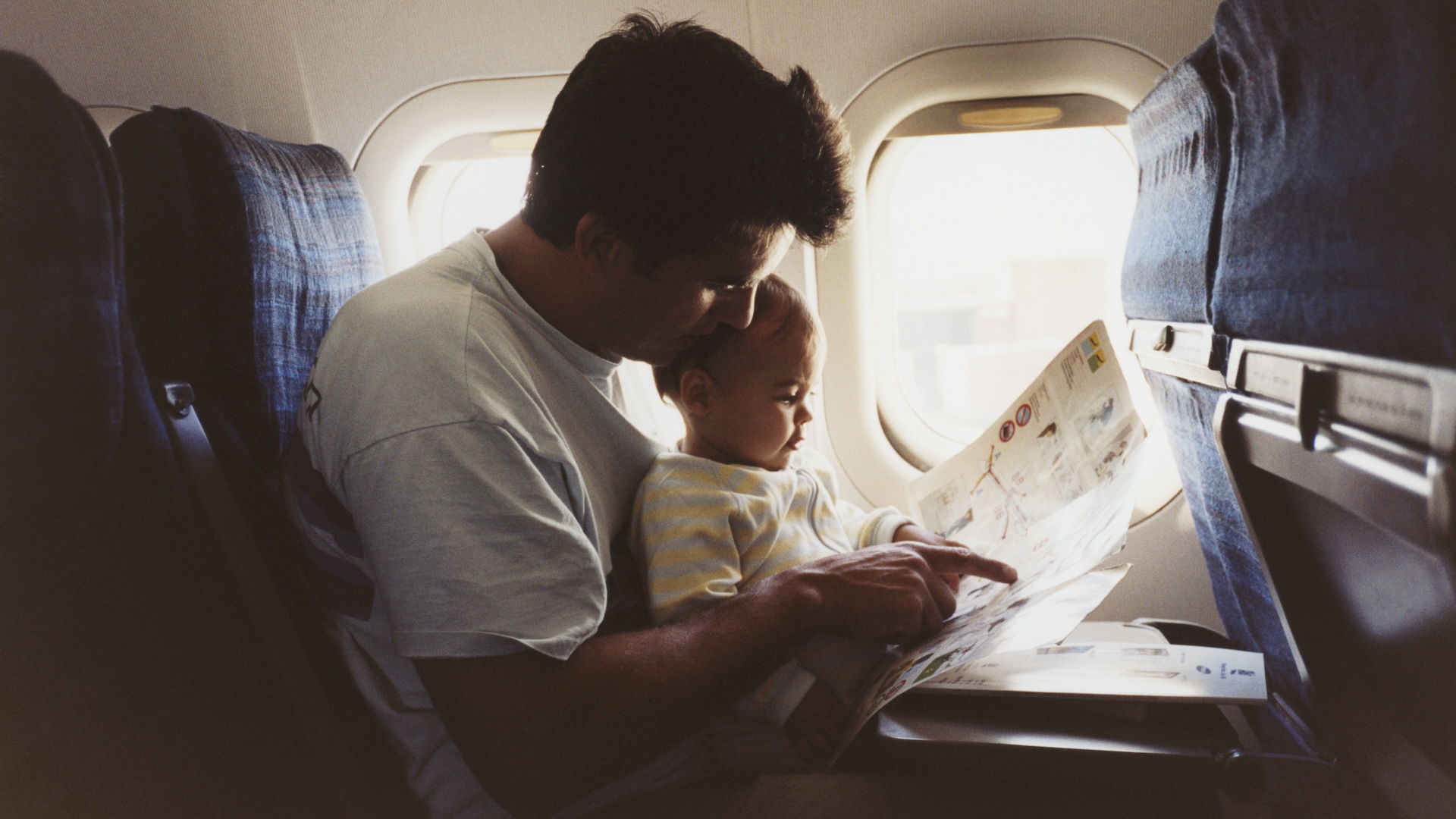As news reports broadcast images of planes flipping upside down, performing emergency landings or colliding into unforeseen obstacles, many people may be nervous about air travel. Some may wonder, is there a seat on the plane that will maximize my safety? What’s the safest seat on a plane?
First, it’s important to note that air travel is one of the safest modes of transportation. “The fatality rate is way, way lower than driving a car,” said Cheng-Lung Wu, an associate professor in the School of Aviation at the University of New South Wales in Australia. In the United States, your odds of dying in commercial air travel is 1 in 13.7 million for each flight, according to a 2024 study in the Journal of Air Transport Management. The vast majority of passenger plane crashes, around 94%, also have a 100% survival rate, according to data between 2001 and 2017 from the National Transportation Safety Board.
However, there have been no robust scientific studies investigating which seats on an airplane are the safest, Wu said. But based on past plane crashes and knowledge of airplane design, it’s possible to infer the safest seat in the event of an accident.
“It all depends on the crash dynamics,” said Daniel Kwasi Adjekum, an aviation safety researcher at the University of North Dakota. Of course, if the plane is completely obliterated, you’re doomed no matter where you sit.
But say a crash happens with low energy and a low angle of impact, for instance if the plane loses control upon landing, and it goes off the runway. “Then it really matters where you are seated to be able to survive structurally,” Adjekum said.
In these instances, the plane may break into two sections upon hitting the ground, and much of the kinetic energy would be in the front section of the plane, making it barrel forward. In this case, the back of the plane would be safer. Indeed, a 2015 analysis of Federal Aviation Administration data by Time magazine found that the back third of the plane had the lowest fatality rate.
Related: Can a commercial airplane do a barrel roll?
Wu also noted another spot that may offer more protection: seats next to or close to the plane’s wings. This part of the plane has a lot of structural reinforcement, so it can withstand more force. These seats are close to the emergency exits, Wu said, which means you can evacuate more quickly (unless you are seated in the emergency exit row and need to help others evacuate the plane).
But a danger lurks underneath this middle part of the plane: the fuel tanks. Although planes are supposed to empty their fuel tanks before landing, these capsules may still emit smoke or catch fire in a crash. In these scenarios, it’s even more important to evacuate the plane quickly, within 90 seconds, Adjekum said. That means leaving your luggage behind, and not panicking, filming the accident or performing other actions that could slow you down.
“You have to listen to the instruction from the cabin crew,” Adjekum said. “I think that’s the most important thing.” Planes are generally well engineered to minimize risk, he added. Parts of the plane can break off to protect the main cabin, seats are very securely attached, and seat belts are designed to minimize crash forces for a sitting passenger.
Beyond wearing seat belts and following safety instructions, be aware of your surroundings. “Know where you sit,” Wu said. Locate the nearest emergency exit, and count the rows to the exit in case smoke obscures your view.
So, the next time you’re on a plane, take note of your environment, listen closely to the safety video, and stay tuned for instructions in the event of an incident.
